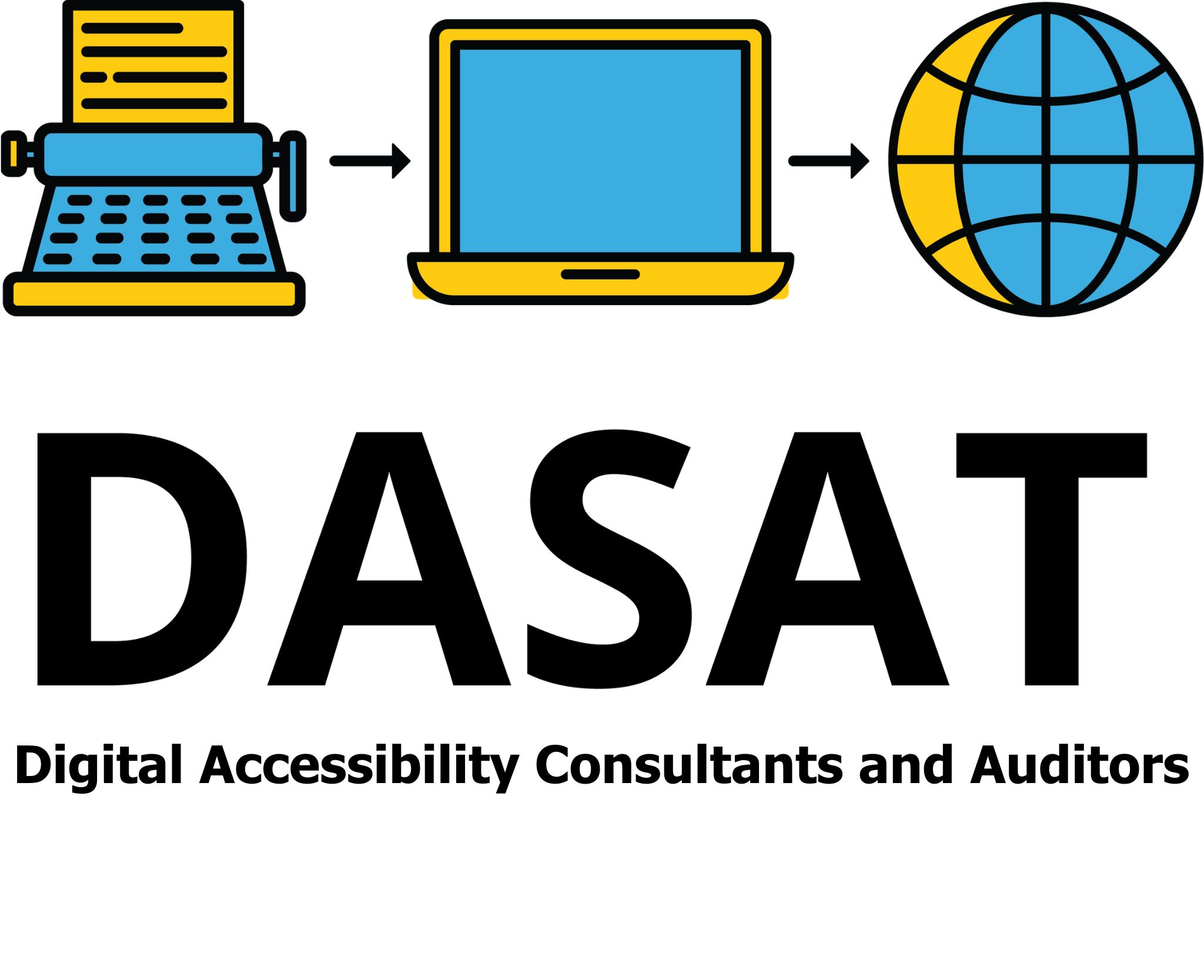
Cooking with Vision Impairment:
Challenges, Tools, and Barriers.
Cooking is a daily task that many people enjoy, but for those with vision impairment, it can bring unique challenges. From safely chopping vegetables to reading recipes, tasks in the kitchen require creative thinking, the right tools, and confidence. Despite these challenges, many people who are blind or have low vision cook regularly and successfully.
Surprisingly, one of the barriers isn’t in the kitchen. It’s in the minds of others. People with full sight are often surprised to learn that someone with a vision impairment can cook. This reaction reflects a common misunderstanding: that vision is essential for independence in the kitchen. In reality, many people with low vision or no vision cook every day, often with more care, skill, and planning than others realise. After all, we all have to eat.

Common Barriers in the Kitchen
-
People with vision impairment face several kitchen barriers, including:
- Reading labels and recipes: Most food packaging is printed in small, low-contrast fonts, making it hard to identify ingredients.
- Using sharp or hot tools: Ovens, stoves, and knives can be risky without clear vision, requiring extra care and technique.
- Measuring ingredients: Standard cups, spoons, and kitchen scales may not be easy to read or distinguish.
- Telling ingredients apart: Dried herbs, tinned goods, and flours can look and feel similar without labels. Think salt and sugar. Not much difference is there?
- Touchscreen appliances: Many ovens and microwaves now have digital panels that lack tactile feedback.
- Cleaning up: After cooking, spotting spills and crumbs on the floor, walls and cooktops and ovens, or missed spots when washing dishes can be difficult without sight.
For more about accessibility and independence at home, see How to Support People with Disabilities to Build Daily Living Skills on the DASAT website.
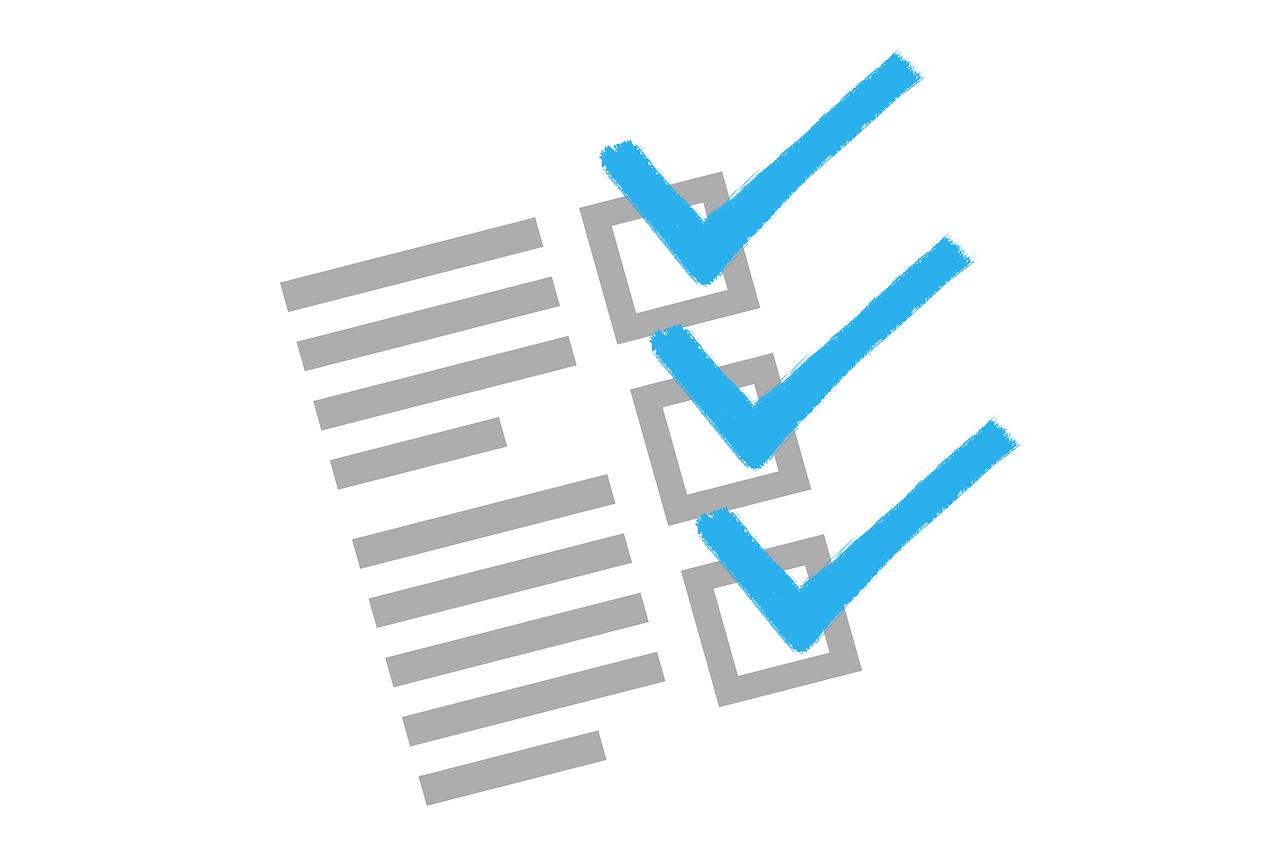
Strategies for Cleaning and Kitchen Management
Cleaning is just as important as cooking, and people with vision impairment use specific strategies:
- Top-to-bottom, left-to-right cleaning patterns ensure nothing is missed.
- Touch-based checking helps find spills or crumbs.
- Colour-contrasting cloths make it easier to notice dampness or mess.
- Storing items in fixed places prevents confusion.
- Accessible labels reduce mix-ups when putting things away.
- Cleaning floors by using patterns of movement based on the kitchen layout.
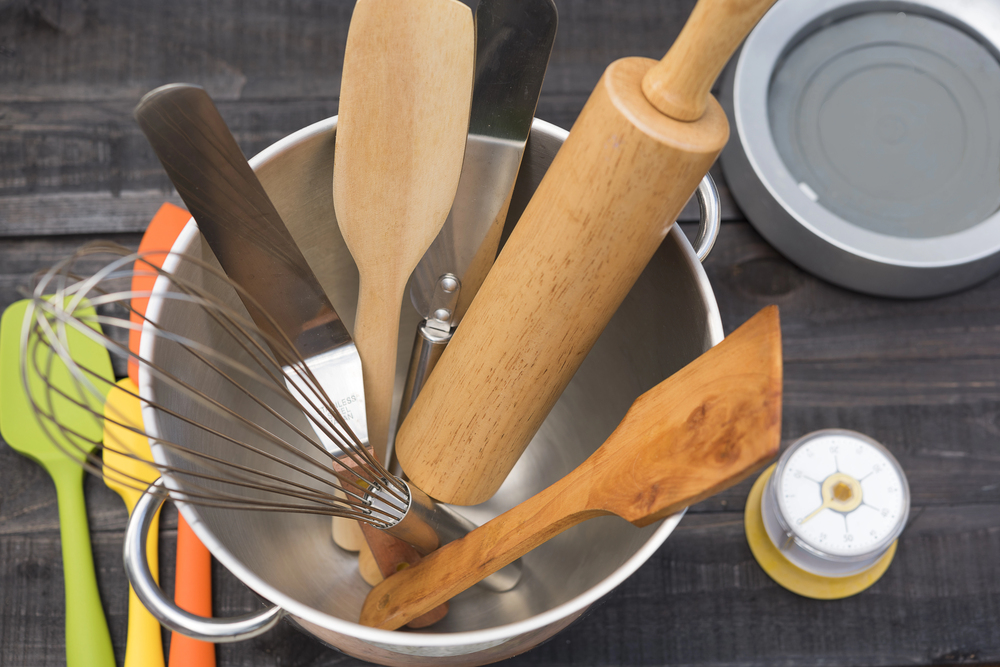
Helpful Tools for Safer, Easier Cooking
-
Some of the most useful accessible kitchen tools include:
- Talking kitchen scales
- Liquid level indicators
- Bump dots and tactile markers on appliances
- Large-print or audio recipes
- Talking thermometers
- Cut-resistant gloves
- Colour-contrasting cutting boards
You can find more about tools that support accessibility on DASAT’s article on assistive technology for communication.

Can Meta Ray-Ban Glasses help?
Meta Ray-Ban smart glasses combine wearable tech with a stylish frame. They are voice-controlled and can:
- Capture hands-free photos or videos
- Live-stream a call with a support person
- Take voice notes or reminders
This helps people get remote support or double-check something without touching a phone.

What about Thermomix?
The Thermomix is an all-in-one appliance that can chop, stir, steam, weigh, and cook.
For vision-impaired users, it offers:
- Guided recipes with audio options
- An inbuilt scale for easy measurement
- Controlled heating and stirring
- Fewer items to clean afterward
By using tools on the mobile phone to access screens, many find it simplifies the cooking process while increasing safety and confidence.
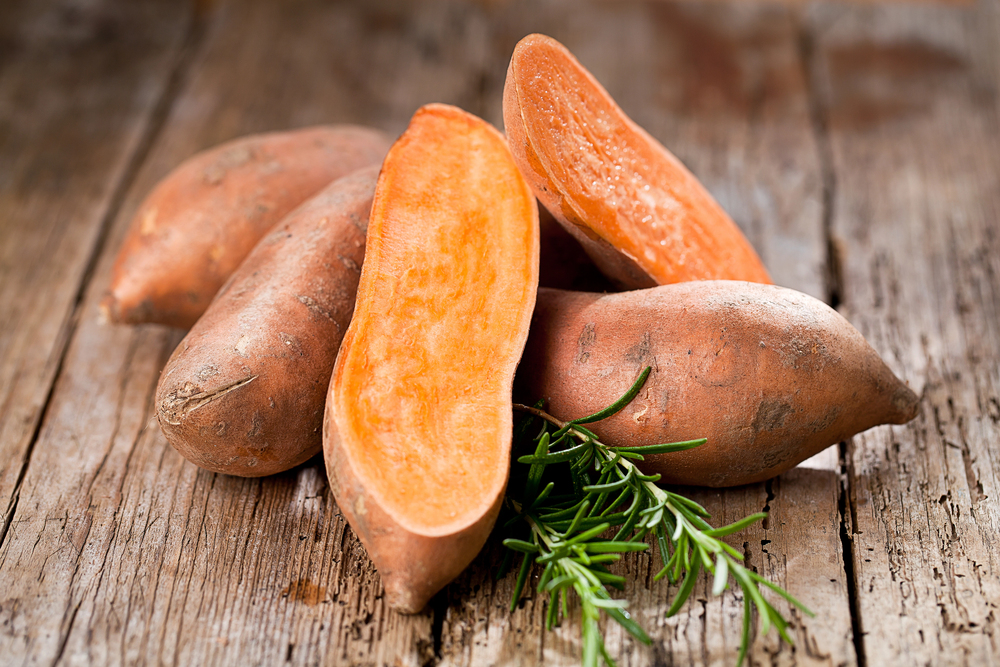
Recipe
WHITE AND SWEET
MASHED POTATOES
By Vickie Anderson
Served: 8.
Total Prep and Cook Time: 45 minutes.
Supplies.
Tray.
Pot big enough to boil all 8 potatoes with a lid.
Peeler.
Potato Masher.
Oven Gloves.
Strainer.
Whisk.
Wooden spoon for centreing the pot.
Large bowl for Potatoes when chopped.
Bowl for peelings (or you can peel on to your tray).
Ingredients.
4 medium potatoes.
4 medium sweet potatoes.
1 cup milk.
¼ cup butter.
1 teaspoon (tsp) salt.
½ tsp ground cinnamon.
¼ tsp ground nutmeg.
Method.
Let’s get all prepared for our cook.
- Get all of your supplies and ingredients out.
- Set up your tray and work space.
- Measure out 1 cup of milk and ¼ cup of butter and put it to the side to warm up.
- Peel all of the potatoes into a bowl or over your tray. (If you want to. You can also leave the peel on for a more rustic mashed potato.) Doing this in the bowl or over the tray will make clean up much easier. Peeling in the sink is difficult to clean up.
- Then, chop all of the potatoes into even size chunks around 1 inch thick. As you chop them, put them into a large bowl to make it easier to put into the pot.
- Let’s cook the potatoes.
- Pour all of the potatoes into the pot.
- Add water from the tap straight into the pot. You want the water to cover all of the potatoes.
- Centre your pot on the largest burner on the stove.
- Once centered, turn the heat onto high and bring to a boil. You will be able to hear the rumbling and rolling of water to know that it is boiling. Small bubbles are just a simmer. We are looking for a full rumble to indicate boiling.
- Once boiling, cover the pot with the lid and turn the heat down to medium-high.
- Let the potatoes simmer untouched for 15 minutes.
- If you haven’t measured out the rest of your ingredients, do it now.
- You can pour the 1 cup milk, ¼ cup butter, 1 tsp salt, ½ tsp cinnamon and ¼ tsp nutmeg into the same container to make it easy to add to the mashed potatoes when it’s time.
- If the milk and butter is still cold, put them into a microwave safe container/glass measuring jug and warm it up for 30 seconds in the microwave. The reason you do not want the milk and butter cold is it will immediately make the potatoes cold. So, if you’re eating them right away, you will then need to warm them up.
- Put the combined ingredients by your tray and your strainer in the sink ready to dump the potatoes.
- Make sure you have your potato masher and whisk at the tray.
- Remove all of the supplies and ingredients you don’t need. Use these 15 minutes to really get cleaned up and ready for the final steps.
- Let’s mix it all so we can eat!
- Once the 15 minutes is up, put on your oven gloves and dump the entire contents of the pot in the strainer in the sink.
- With your oven gloves still on, dump the potatoes back into the pot. You don’t need the potatoes to be completely dry as the starchy water benefits the mash potatoes.
- Carry the pot with potatoes to the tray.
- Mash the potatoes. You will feel them getting softer as you go. There’s no perfect mash potato… it is all personal preference. So, you can have them a bit chunky or fully smooth. You chose this consistency. Every so often, you will need to pick up the masher, turn it sideways and give it a soft tap on the side of the pot. Potato will get stuck on top of the masher so in doing this, you ensure to get all of the potato in the pot.
- Once you get the potatoes to the desired consistency, put the masher in the sink and add the final ingredients.
- Use your whisk to whisk the milk, butter and spices in. Begin slowly as they will splash. Whisk it all in. You can whisk hard to get a smoother consistency of the potato or you can gently whisk to have a chunkier consistency.
- As you did with the masher, every so often, turn the whisk sideways and tap it gently on the side of the pot to ensure all of the potato is in the pot. Do this until you get the consistency you want and everything is blended thoroughly.
- Give it a taste first as sometimes more salt needs to be added.
- That’s it!! They are ready to eat now. Enjoy… I love mashed potatoes!
Cleaning Tip:
Once the tray is cool, run your hands gently across surfaces to check for spills or missed crumbs. Use bright cleaning cloths for contrast and a left-to-right wipe-down method.
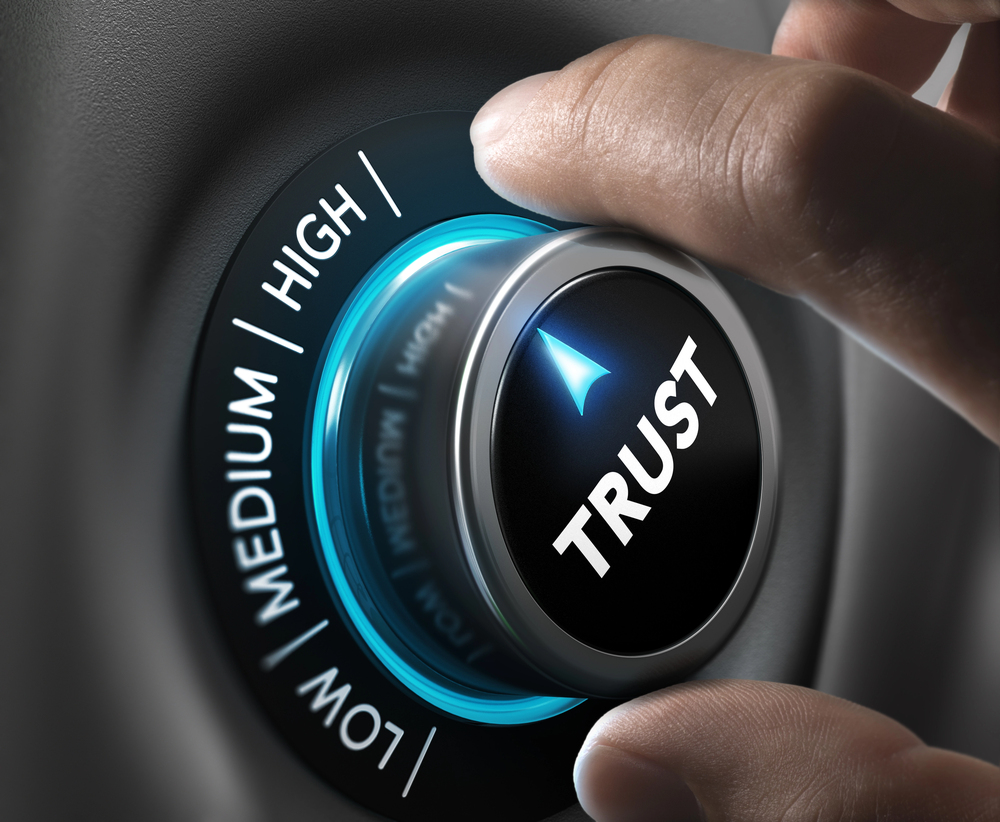
Social Misconceptions
There’s a common misconception that people with vision impairment can’t or shouldn’t cook. This outdated view doesn’t reflect reality. People who are blind or have low vision often develop unique skills and techniques that make them confident and capable in the kitchen.
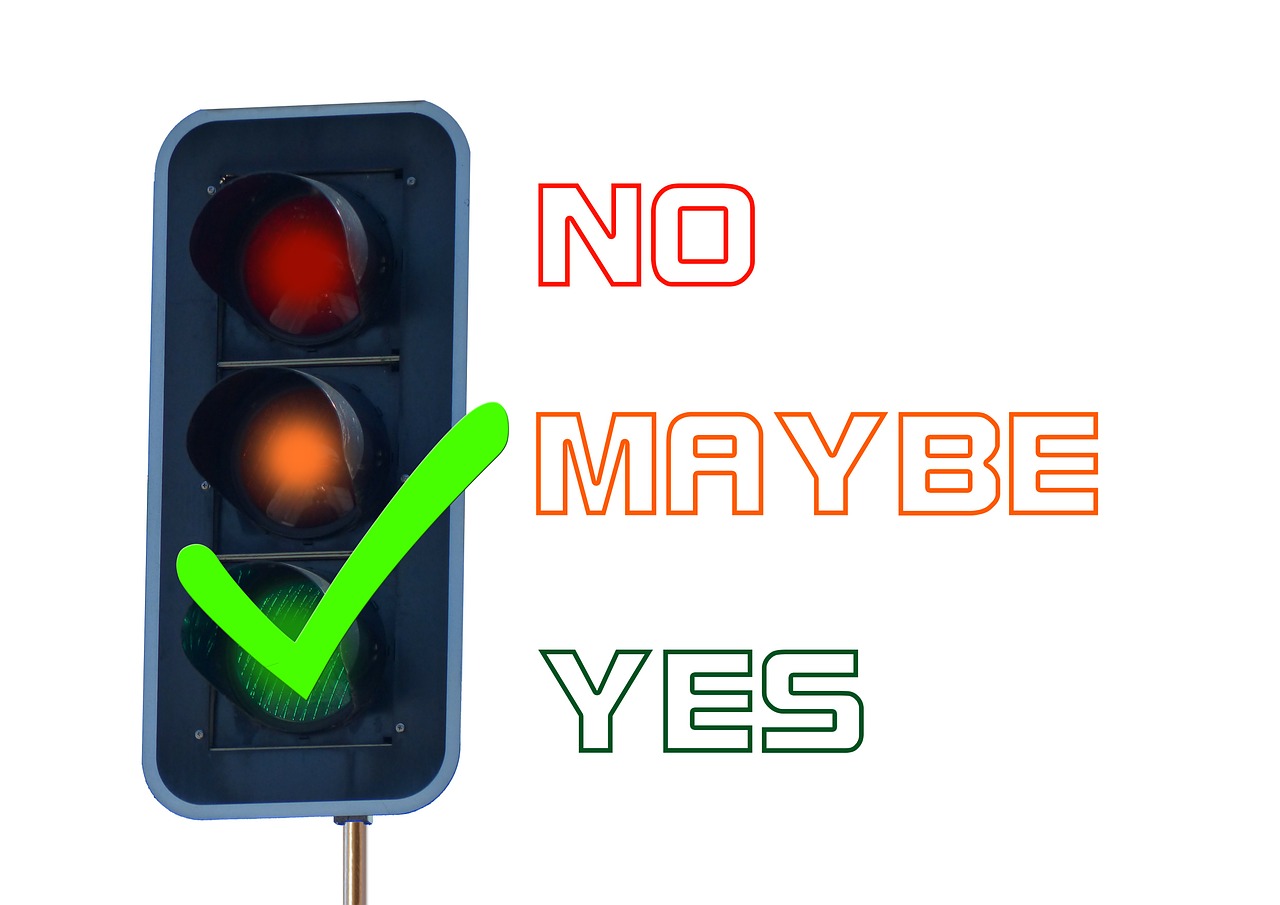
Final Thoughts
Cooking with vision impairment is not only possible. It’s empowering. From using smart glasses like Meta Ray-Bans to all-in-one appliances like the Thermomix, and from tactile chopping boards to well-planned cleaning strategies, the kitchen can be a space of independence and creativity.
The next time someone says, “I didn’t know blind people could cook,” smile and say:
“Yes we can, and dinner’s already in the oven.”
